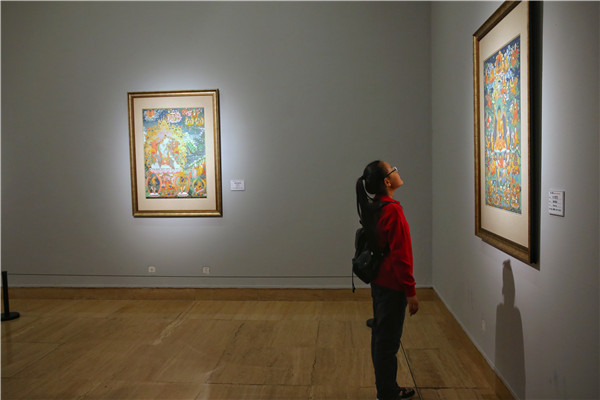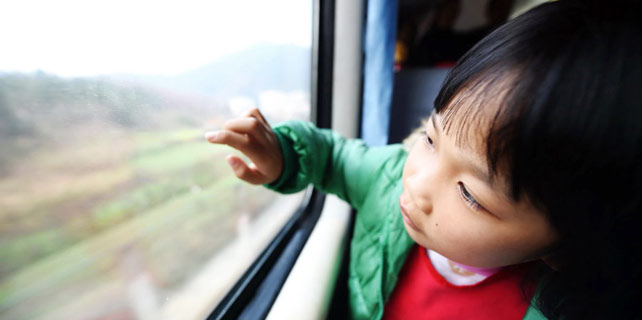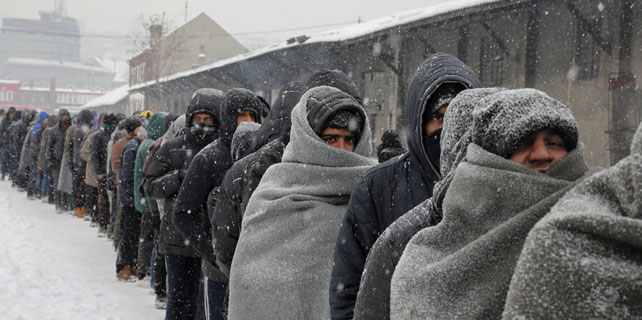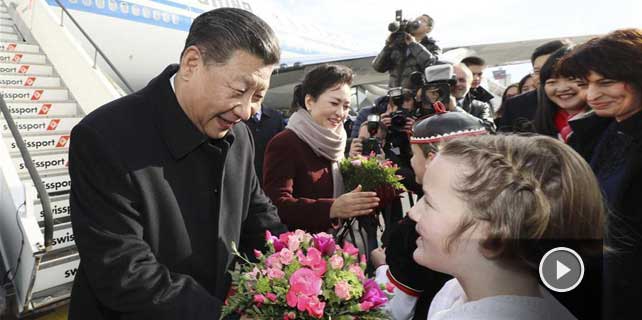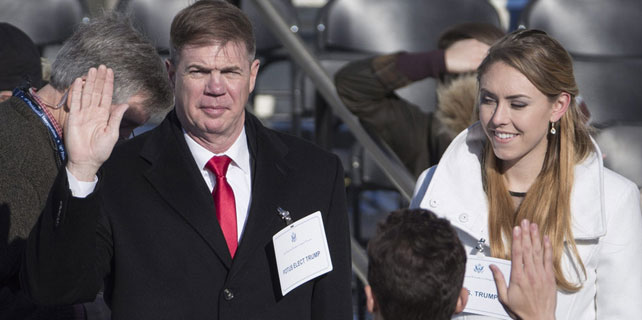Thangka gets new lease of life
An ongoing thangka exhibition at Beijing's National Art Museum of China showcases dozens of paintings from recent years that celebrate contemporary artists' endeavors to enliven the tradition. Lin Qi reports.
Shortly after the 10th Panchen Lama (1938-89) passed away, Shalu Wangdu, 43, started painting a thangka to remember him. The full-time painter in Lhasa once met Panchen at the Shalu Temple in his native Shigatse.
He painted for around 10 minutes a day. "I picked up my brush only when I felt most comfortable. The glory and happiness were always with me (when I painted)," he says.
It took him 11 years to finish the work that portrays the 10th Panchen Lama in the center and two deities below. And it won him a gold prize at the First China Thangka Art Festival in Lhasa in 2014.
The painting is now on show at a thangka exhibition, Heavenly Tibet, at Beijing's National Art Museum of China, which runs through Jan 18. The display includes dozens of paintings produced in recent years that celebrate contemporary artists' efforts to enliven the thangka tradition.
Viewed as an encyclopedia of Tibetan culture, the genre depicts religious subjects, such as Buddhist deities and lamas, and also non-religious themes like history, legends and medical knowledge. They are either painted on cotton or embroidered on silk.
The ongoing exhibition largely features Buddhist thangka. Some are framed using glass and others are mounted on a textile backing, a traditional method so that nomadic Tibetans can roll up the paintings and travel with them.
Thangka is also called a moving shrine to revere Buddhas.
The displayed paintings showcase the characteristics of major thangka schools. And they reveal new developments where painters blend in personal aesthetics, according to Lhapa Tsering, curator from the Tibet Painting Academy in Lhasa.







